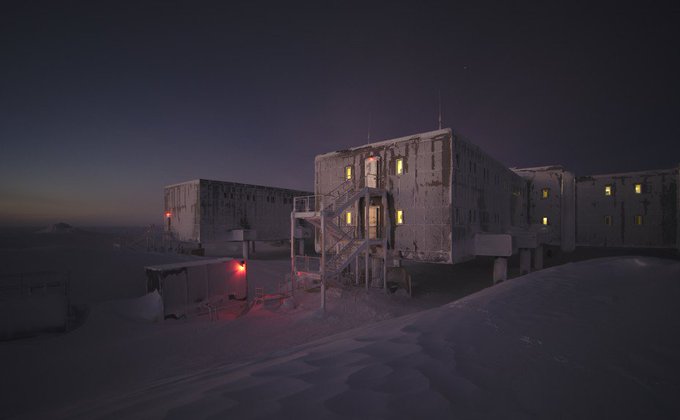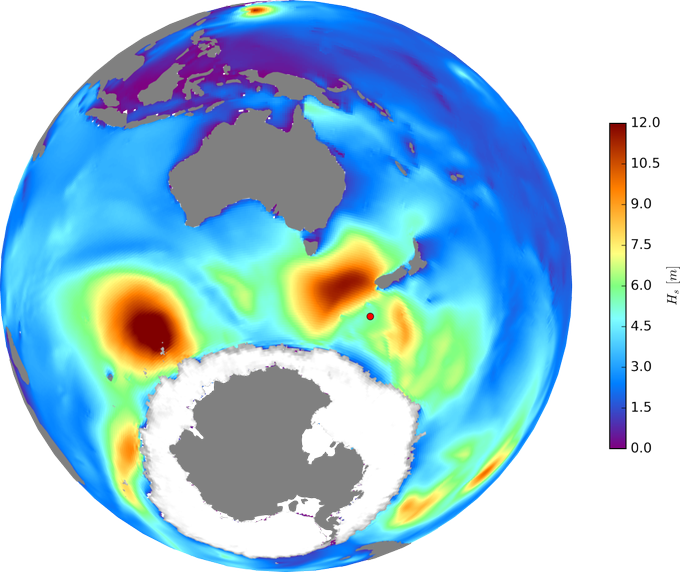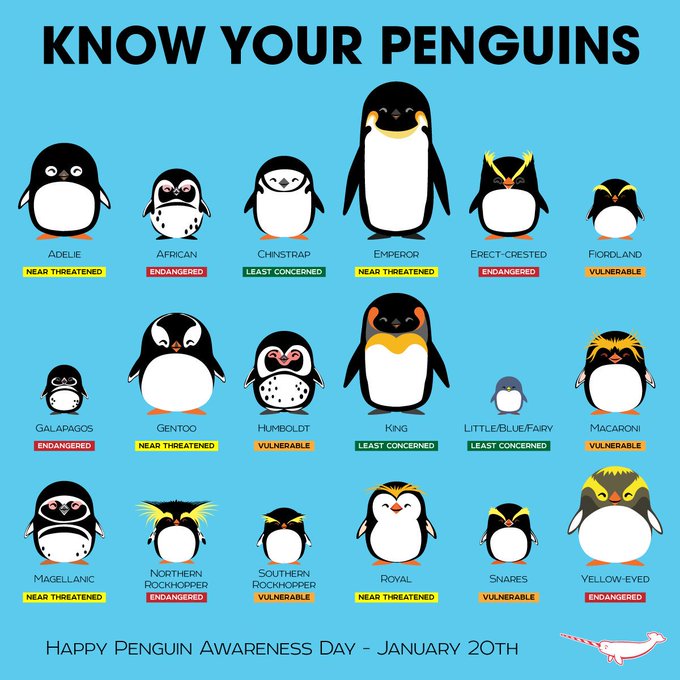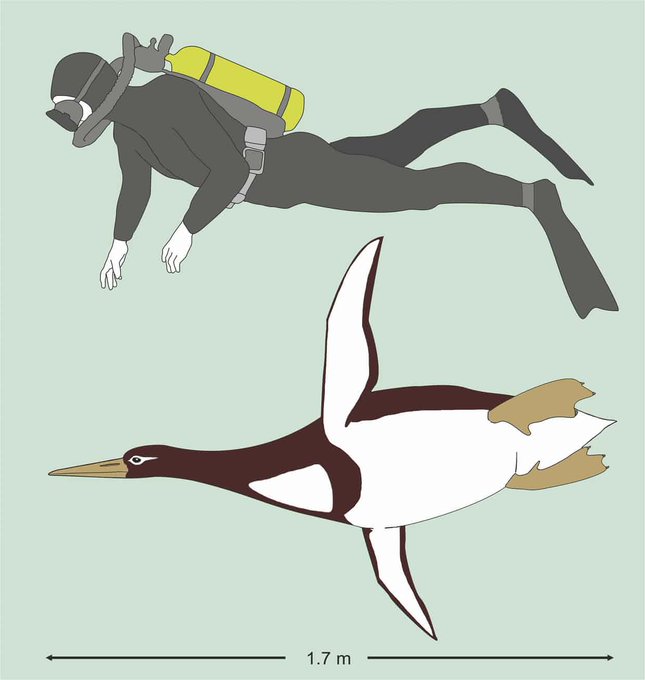Window covers off! another sign of impending sunrise at the South Pole. Aurora cameras on the roof tracking the Southern Lights have now been switched off; it’s too bright for their sensitive optics. In winter, windows are covered to prevent light interference, pic Raffaela Busse
Antarctica joins South America, with a great view of a new inland ocean – a speculative map of the world in 250 million years! https://t.co/GwMk3dJjEb based on Paleomap data https://t.co/LpluydMuoS; one giant supercontinent, with only New Zealand remaining apart, map @NatGeo
The vivid aurora australis displays have returned to the skies above Mawson Station #Antarctica, with planets either side: Jupiter at left, Mars at right; pic Nick Cullen @AusAntarctic
23.8 meter wave! Biggest individual wave ever recorded over a wave buoy in the Southern Ocean, higher than a 7-storey building! Detected by Campbell Is Wave Rider Buoy moored 600km south of New Zealand; largest individual wave ever measured in Southern Hemisphere, map @MetOceanNZ
Not long now! southern edge of civil twilight has now reached latitude 88°South, reducing 24/7 sunlight zone to a radius of only 150km from the South Pole, where the Sun is now only 2° above the horizon; only 4 days to the Equinox, and one and only sunset of the year at the Pole
Happy Penguin Awareness Day! Know your penguins! There are 18 different species; all are found in the Southern Hemisphere, though the Galapagos lives near the Equator. The Emperor is the tallest at more than 1m. Many species are threatened or endangered #PenguinAwarenessDay
Bones of human-sized penguin from 55-60 million years ago, found in New Zealand. Measurements show it weighed 100kg, with body length of 1.77m (today’s tallest penguin species, Emperors, reach 1.2m when fully grown) https://t.co/gAS6Opczbq @CantMuseum @Te_Papa pic Gerald Mayr/AP
Latest map of Greenland bedrock reveals more glaciers at risk of accelerated melting than previously thought https://t.co/dOSfZLA1DI
Totten Glacier, largest in East Antarctica: strong winds bring warm water to underbelly causing melt from below https://t.co/JA0CUhFIrp @NSF
Iceberg B-44 is no more! son of Pine Island Glacier disintegrates, Sentinel 1 satellite reveals the many cracks @ESA pic @StefLhermitte











